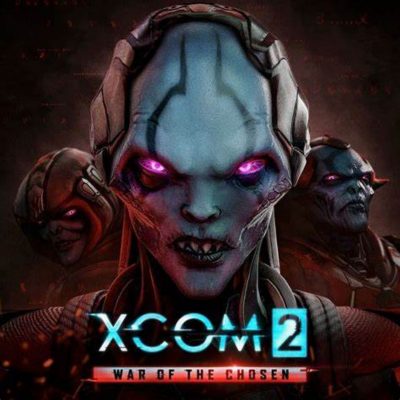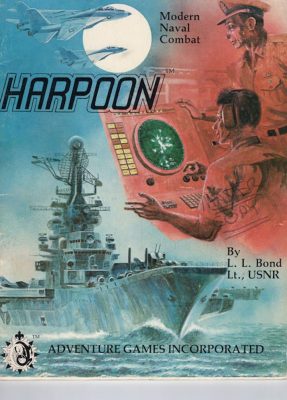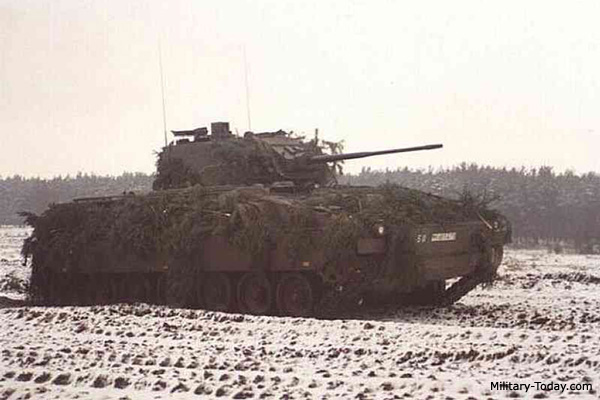Team Yankee COLD WAR Warrior Revisited the T-55 Tank
By Howard West
Background
With the “official” Team Yankee points reduced for this year’s US National events and with the changing META caused by the new NATO books as described in Tom Gall’s recent No Dice No Glory article on chasing the And since several other upcoming local tournaments have reduced point levels, in the following order 110, 94, and 70.
I wanted to see what a 2nd Warsaw Pact formation might look like and I started playing around with different formations and kept coming back to an old reliable T55/T54 Tank family. Team Yankee represents the T55/54 Family in 20 different tank and motorized infantry formations in 5 different books from the Soviets, East Germans, Czechs, Poles, Oil Wars(Syrians and Iraqis).


 By Patrick S. Baker
By Patrick S. Baker